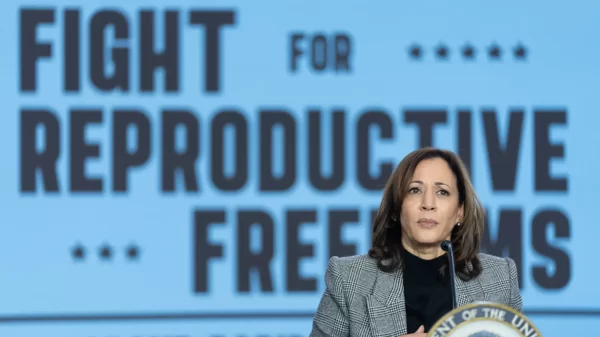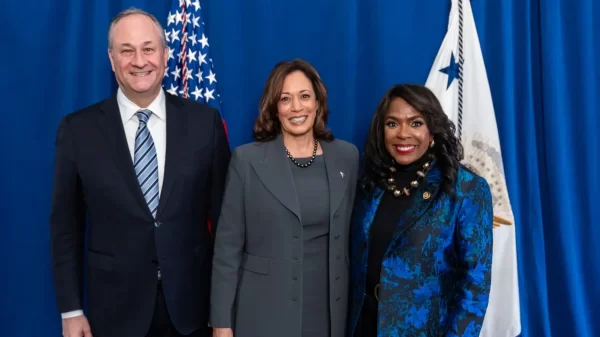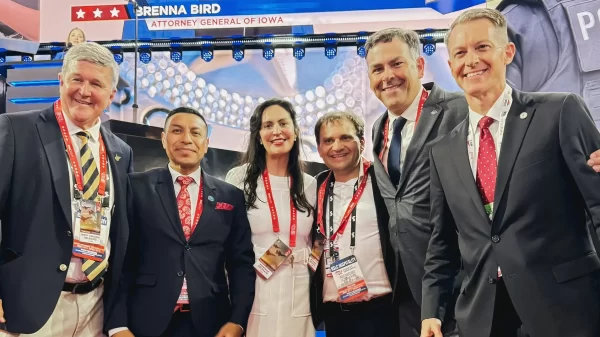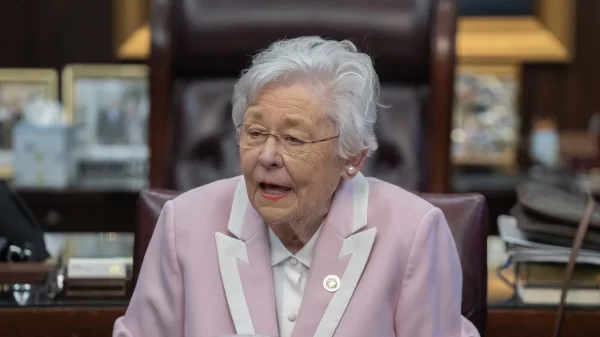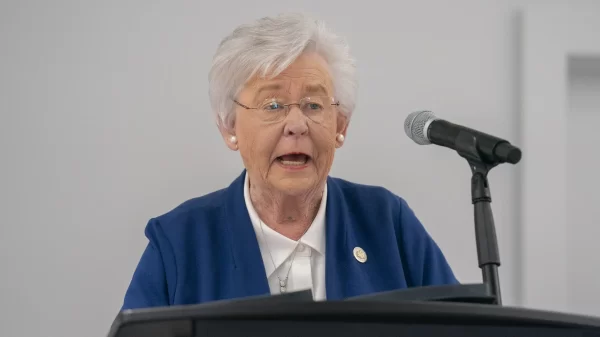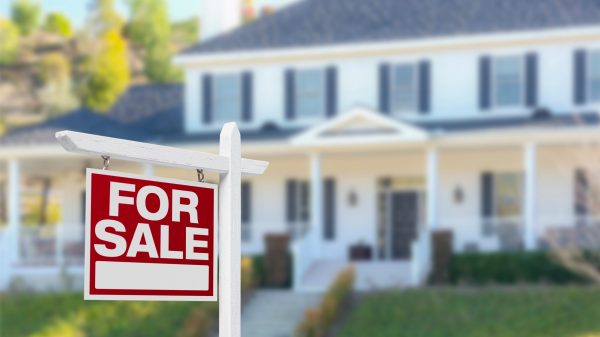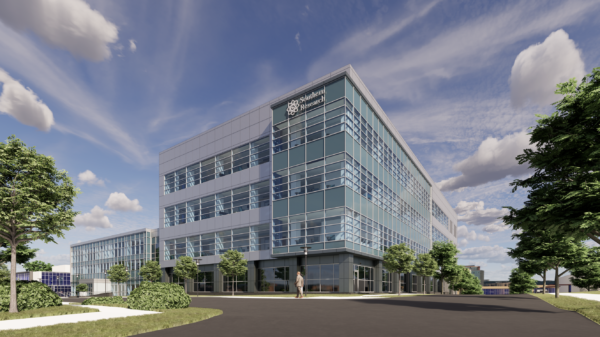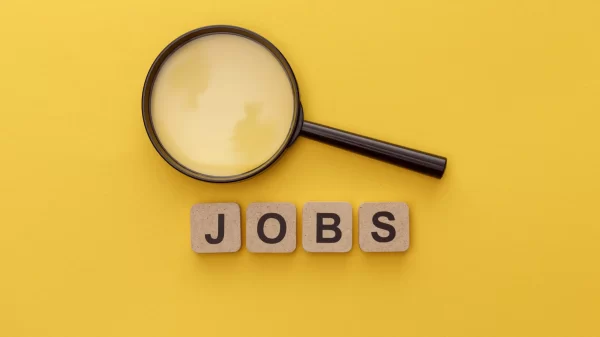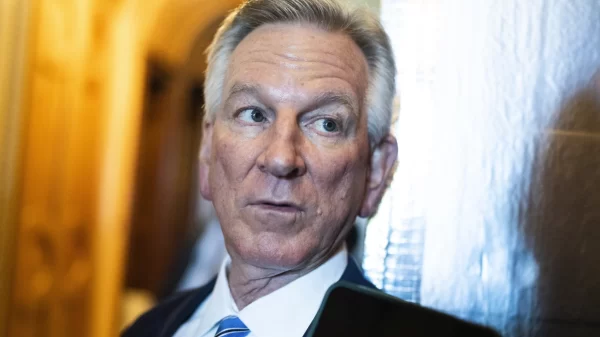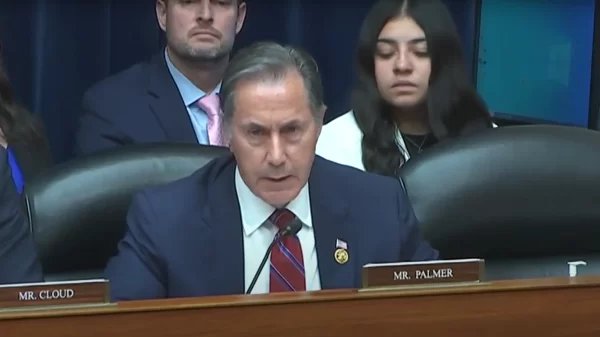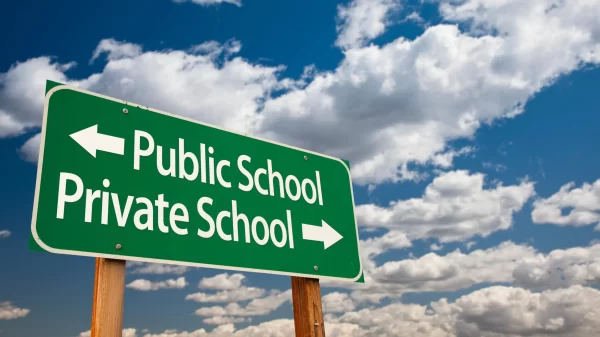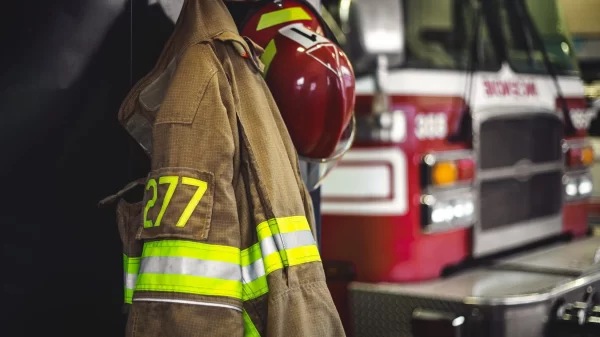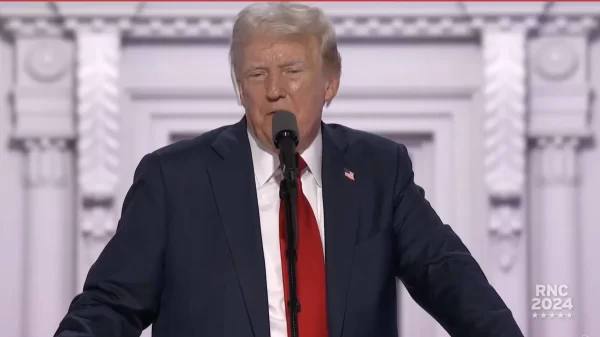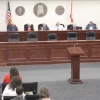|
Getting your Trinity Audio player ready...
|
NFIB’s Small Business Optimism Index rose 0.3 points in September to 92.1, making the ninth consecutive month below the 48-year average of 98. Thirty percent of owners reported that inflation was their single most important problem in operating their business. Click here to read the full report.
“Inflation and worker shortages continue to be the hardest challenges facing small business owners,” NFIB Chief Economist Bill Dunkelberg said. “Even with these challenges, owners are still seeking opportunities to grow their business in the current period.”
NFIB Alabama Director Rosemary Elebash said, “Small business owners are frustrated, but they’re hopeful that the worst is behind us and they can continue to grow their businesses.”
Key findings include:
- Owners expecting better business conditions over the next six months decreased two points from September to a net negative 44 percent.
- Forty-six percent of owners reported job openings that were hard to fill, down three points from August and remaining historically high.
- The net percent of owners raising average selling prices decreased two points to a net 51 percent (seasonally adjusted).
- The net percent of owners who expect real sales to be higher increased nine points from August to a net negative 10 percent.
- The NFIB Uncertainty Index decreased by two points to 72.
As reported in NFIB’s monthly jobs report, owners’ plans to fill open positions remain elevated, with a seasonally adjusted net of 23 percent of planning to create new jobs in the next three months. Of those owners trying to hire, 89 percent reported few or no qualified applicants for the positions they were trying to fill.
Fifty-six percent of owners reported capital outlays in the last six months, up four points. Of those making expenditures, 40 percent reported spending on new equipment, 22 percent acquired vehicles, and 16 percent improved or expanded facilities. Nine percent spent money for new fixtures and furniture and 6 percent acquired new buildings or land for expansion. Twenty-four percent plan capital outlays in the next few months, down one point.
A net negative 5 percent of all owners (seasonally adjusted) reported higher nominal sales in the past three months, up three points from August. The net percent of owners expecting higher real sales volumes improved by nine points to a net negative 10 percent.
The net percent of owners reporting inventory increases improved four points to a net negative 2 percent. Sixteen percent of owners reported increases in stocks and 17 percent reported reductions as solid sales reduced inventories at many firms.
Thirty-two percent of owners reported that supply chain disruptions have had a significant impact on their business. Thirty-four percent report a moderate impact and 22 percent report a mild impact. Only 10 percent of owners report no impact from recent supply chain disruptions.
A net 1 percent of owners viewed current inventory stocks as “too low” in September, down two points from August. A net 0 percent of owners plan inventory investments in the coming months down four points from August.
The net percent of owners raising average selling prices decreased two points from August to a net 51 percent (seasonally adjusted). Unadjusted, 9 percent of owners reported lower average selling prices and 59 percent reported higher average prices. Price hikes were the most frequent in retail (73 percent higher, 11 percent lower), construction (69 percent higher, 3 percent lower), transportation (68 percent higher, 5 percent lower), and wholesale (64 percent higher, 0 percent lower). Seasonally adjusted, a net 31 percent of owners plan price hikes.
A net 45 percent of owners reported raising compensation, down one point from August. A net 23 percent of owners plan to raise compensation in the next three months, down three points from August but historically still very high. Ten percent of owners cited labor costs as their top business problem and 22 percent said that labor quality was their top business problem.
The frequency of reports of positive profit trends was a net negative 31 percent , up two points from August. Among owners reporting lower profits, 42 percent blamed the rise in the cost of materials, 21 percent blamed weaker sales, 12 percent cited labor costs, 8 percent cited lower prices, 6 percent cited the usual seasonal change, and 3 percent cited higher taxes or regulatory costs. For owners reporting higher profits, 44 percent credited sales volumes, 24 percent cited usual seasonal change, and 18 percent cited higher prices.
Two percent of owners reported that all their borrowing needs were not satisfied. Twenty-six percent reported all credit needs met and 62 percent said they were not interested in a loan. A net 5 percent reported their last loan was harder to get than in previous attempts.
The NFIB Research Center has collected Small Business Economic Trends data with quarterly surveys since the 4th quarter of 1973 and monthly surveys since 1986. Survey respondents are randomly drawn from NFIB’s membership. The report is released on the second Tuesday of each month. This survey was conducted in September 2022.


